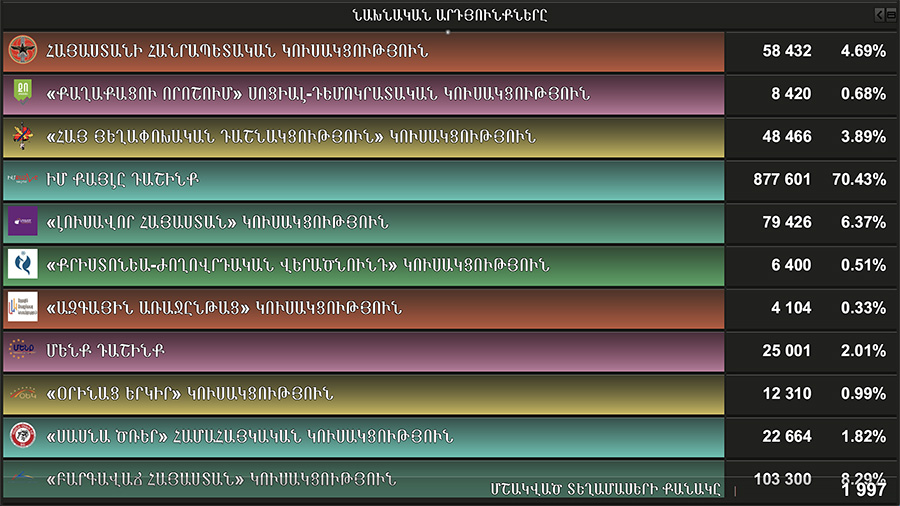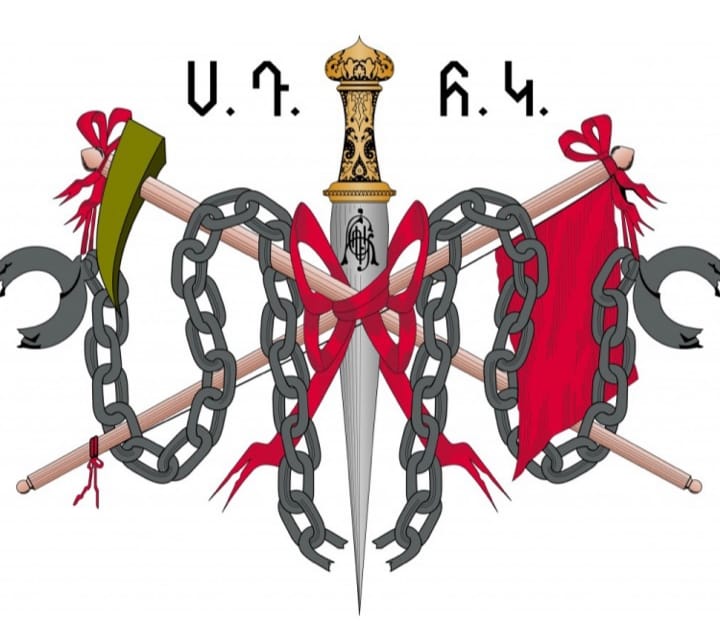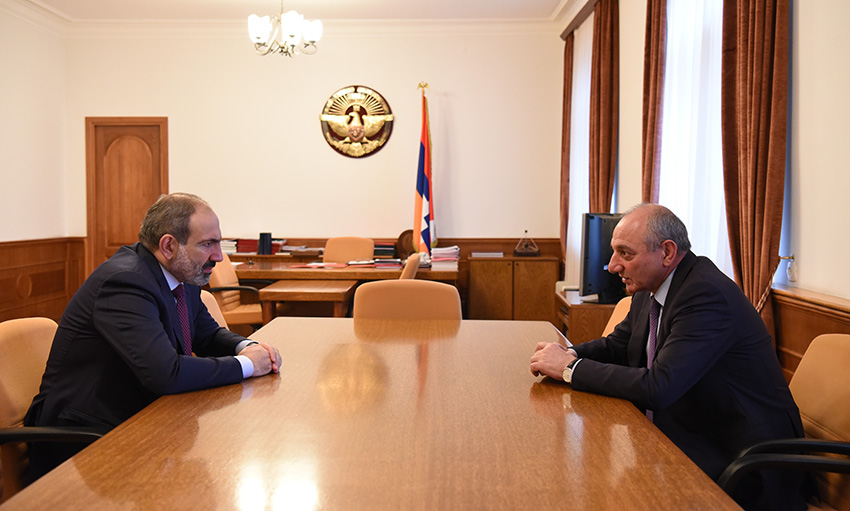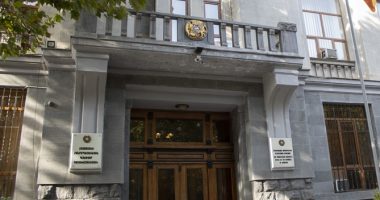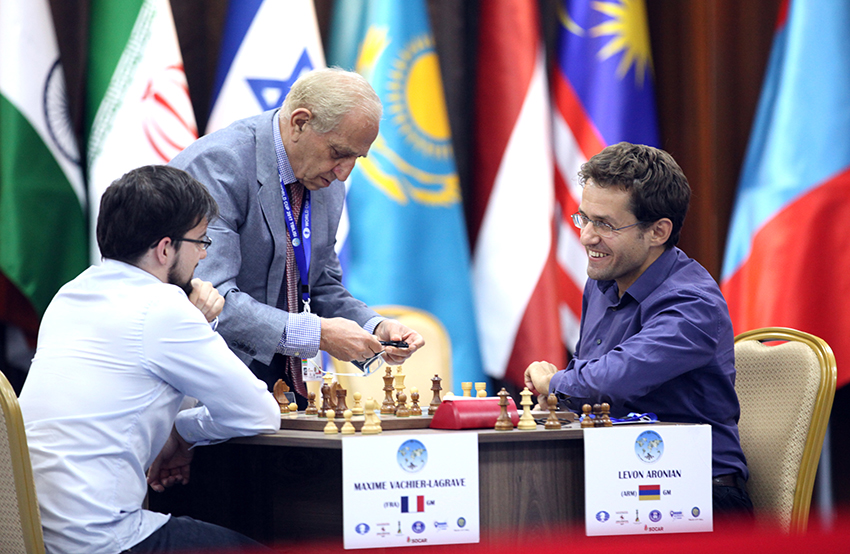| Party | Votes For | Percent |
|---|---|---|
  |
59,059 | 4.70% |
  |
8,530 | 0.68% |
  |
48,811 | 3.89% |
  |
884,456 | 70.43% |
  |
80,024 | 6.37% |
  |
6,456 | 0.51% |
  |
4,122 | 0.33% |
  |
25,174 | 2.00% |
  |
12,389 | 0.99% |
  |
22,862 | 1.82% |
  |
103,824 | 8.27% |
2,010 precincts reported
YEREVAN — Voters in Armenia cast ballots on Sunday in snap parliamentary elections held more than seven months after mass protests that brought down the country’s former government.
The My Step alliance of Nikol Pashinian, the protest leader who became prime minister in May, was widely expected to win the elections by a landslide. It was challenged by ten other political forces, including the Republican Party of Armenia (HHK) headed by Serzh Sarkisian, Pashinian’s deposed predecessor.
The 11 groups were vying for at least 101 seats in the National Assembly distributed under a complex system of proportional representation. Armenians voted for not only a party or bloc but also their individual candidates running in nationwide constituencies.
The parties have to win at least 5 percent of the vote in order to be represented in the new parliament. The legal vote threshold for alliances is set at 7 percent.

